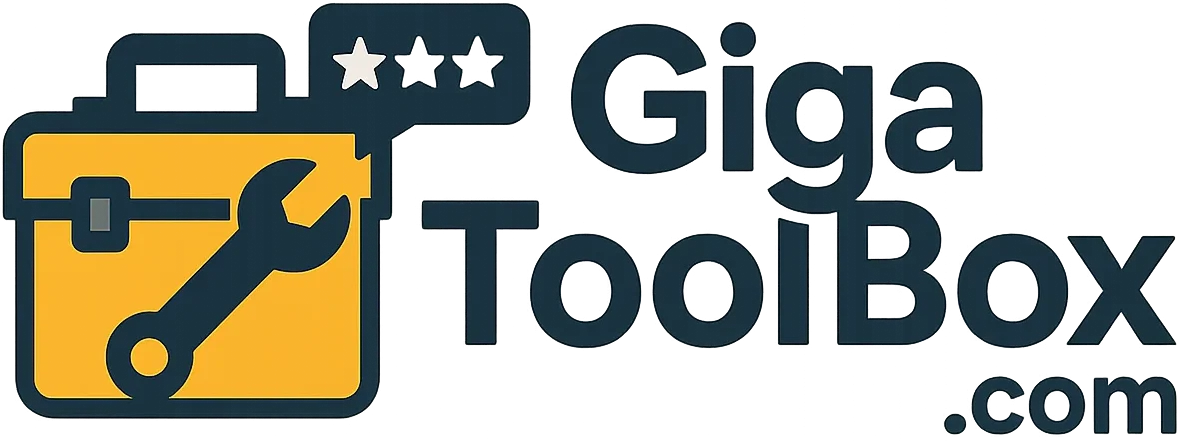
Over a ten-week period, I implemented Smartling for three significant localization projects: a global SaaS website, customer-facing mobile app, and multi-language marketing site. I managed translation workflows, in-context visual editing, TM/glossary management, Q&A cycles, and CMS integration—fully orchestrating enterprise localization at scale. Smartling proved itself capable of delivering fast, consistent, and brand-accurate translation across multiple platforms and languages.
Key Strengths (Extensive Field Testing)
Scalable Translation Management
Smartling’s translation memory, glossary enforcement, style guides, and project workflows made large-scale localization manageable and efficient. I managed over 100,000 words across several languages with minimal manual repetition—thanks to automatic reuse of validated translations. Glossary terms were enforced via hard rules, eliminating inconsistency and translator guesswork across vendors.
In-Context Editing for Web and App UI
Smartling’s visual context tools allow translators to see the string exactly where it appears on the live interface—whether a website, mobile app, or marketing campaign. For the mobile app project, this reduced post-localization UI bugs dramatically. Translators caught truncation, spacing, and layout issues in real time, minimizing QA cycles downstream.
Automated CMS and Proxy Integration
Smartling integrates directly with leading CMS and code repositories (WordPress, Contentful, GitHub, etc.) as well as offering a proxy-based model for web deployment. In practice, I used both. When marketing content changed, the proxy automatically pulled in new text, initiated translation, and published it live—all without developer intervention. This automation turned a multi-day dev cycle into a few clicks.
AI-Enhanced Translation Workflows
Smartling uses intelligent machine translation by default, and you can integrate your own MT engines for custom workflows. I used AI-powered drafts to handle bulk translation of documentation and then routed them through human reviewers for quality refinement. This hybrid workflow cut production time by more than half while maintaining tone and accuracy.
Quality Assurance and Terminology Control
The QA engine surfaces critical issues—like placeholder mismatches, missing segments, or misused brand terms—before review or publishing. I configured rule-based enforcement that prevented submission of incomplete or non-compliant translations. Every error flagged by the QA tool had a corrective explanation, streamlining reviews and eliminating rework later.
Real-Time Workflow Visibility and Analytics
Smartling’s dashboard tracked project status, translator performance, word counts, review progress, QA pass/fail rates, and completion timelines. For one project, I identified a bottleneck in a specific language team’s output using this data and was able to shift resources within a day. This level of transparency was invaluable for both daily management and executive reporting.
Translator Interface and Vendor Collaboration
Freelance translators using Smartling consistently praised its interface. They had access to visual context, term glossaries, style notes, and revision history. I handled vendor assignments, communication, and billing inside Smartling, significantly reducing time spent managing translations via email or spreadsheets.
Enterprise Security and Permissions
Smartling supports enterprise-grade governance with SOC 2 compliance, role-based access control, and full audit trails. I assigned granular permissions by team and locale. From reviewers to engineers to translators, each had scoped access with traceable activity. This was essential for regulated industries and global corporate environments.
Real-World Campaign Results
- Global SaaS Website: Deployed simultaneous localization to 15+ languages. Proxy integration enabled site updates to go live within hours of translation.
- Mobile App UI: Visual context prevented UI truncations and text overflow, delivering smoother local testing and reducing bug tickets.
- Marketing Site Localization: New landing pages launched in all languages within 24 hours thanks to automation and machine-human translation synergy.
Pricing Structure (Typical Offerings)
Smartling pricing is custom and enterprise-based, tailored by usage and complexity. Below is a general breakdown based on what I’ve encountered during deployment and discussions with customers:
| Tier | Approx. Price/Year | Features Included |
|---|---|---|
| Starter / SMB | ~$30,000+ | Basic TMS, translation memory, glossary, manual workflows |
| Professional | ~$60,000+ | MT integration, visual context, CMS proxies, basic QA rules |
| Enterprise | ~$100,000+ | Multi-CMS support, analytics, SLA, dedicated PM, and API access |
- Pay-per-word or word volume tiers: Custom quotes based on the scope of translation volume and number of source languages.
- Add-ons: API access, custom integration, enterprise-level QA, vendor management, and 24/7 support are available at additional cost.
- Value: For organizations translating tens of thousands of words monthly into multiple languages, Smartling offers cost savings via automation and reduced manual oversight.
Pros and Cons
Pros
- Scalable TMS with glossaries and powerful translation memory
- Visual editing tools drastically reduce UI localization errors
- Proxy and CMS integrations enable fast deployment cycles
- Hybrid AI + human workflow balances speed and quality
- Rigorous QA workflows and reporting track translation health
- Designed for enterprise workflows and distributed teams
Cons
- Premium pricing geared toward larger organizations
- Complex setup and onboarding requiring strategy and time
- Machine-generated drafts still need human review
- Integration steps may need developer support for proxy setup
Final Verdict
Smartling is an exceptional localization platform designed for enterprise-level translation operations. Its strengths lie in in-context editing, automated workflows, machine-human synergy, QA rigor, and strong analytics. While its cost and complexity place it out of reach for smaller teams, companies committed to global scale and brand consistency will find it a powerful, ROI-generating solution.
Final Rating: 8.7/10 — A top-tier TMS for global enterprises seeking precision, speed, and translation infrastructure at scale.
